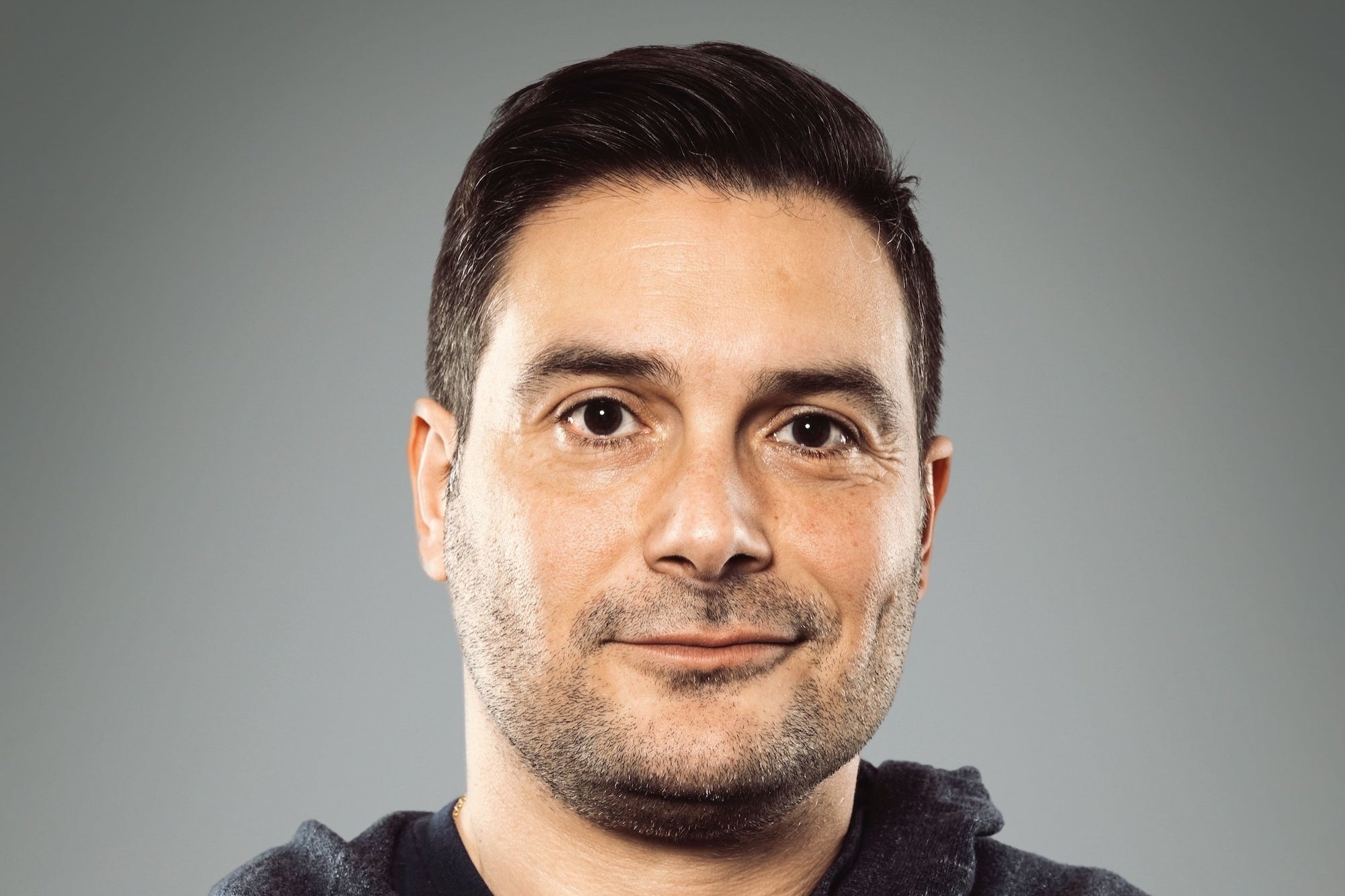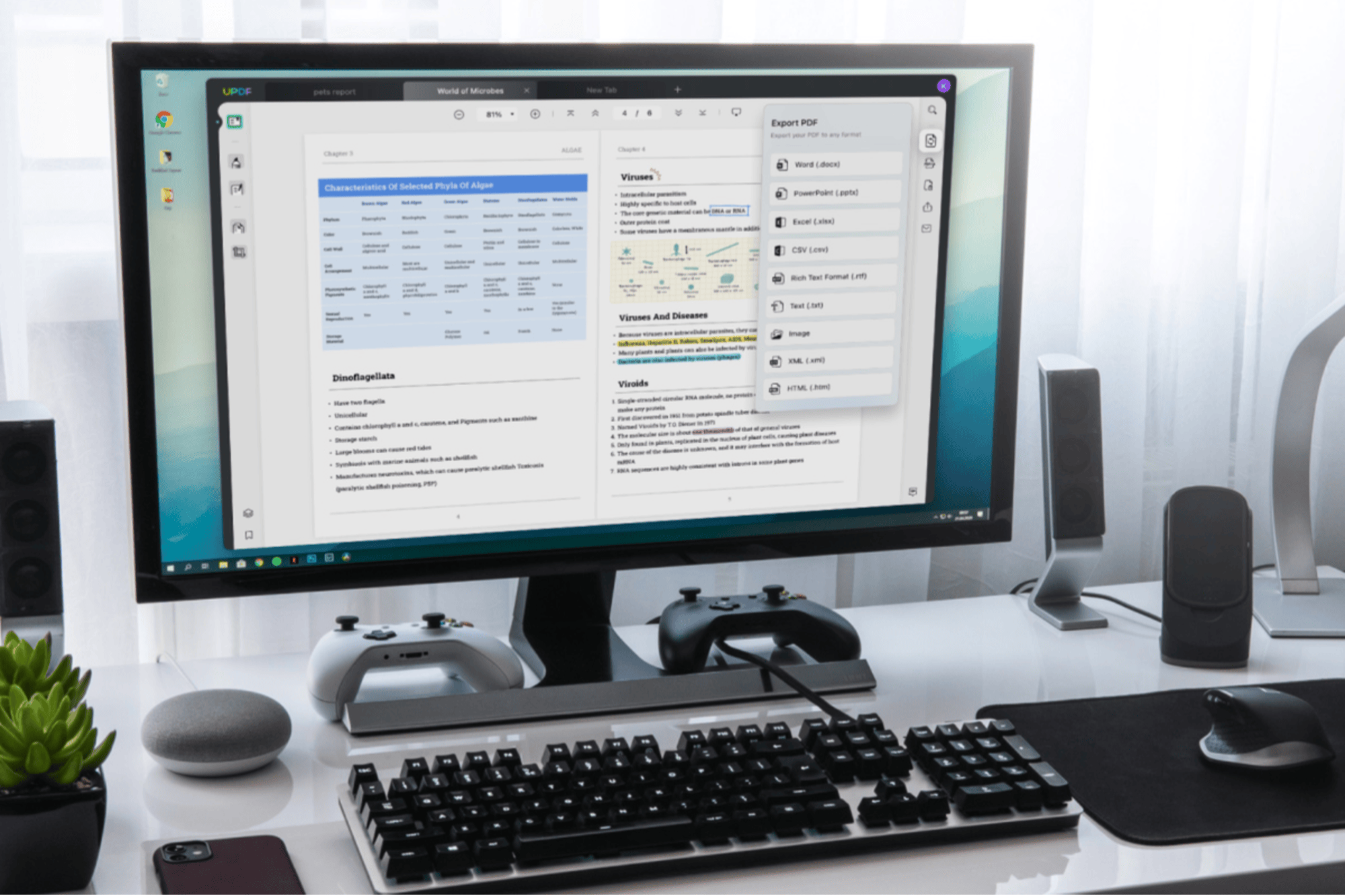Her Startup's Product Was Better and Cheaper Than the Competition, So Why Wasn't It Selling? The Answer Would Bring In $25 Million a Year She started Element Biosciences to compete with her old employer because she was sure she could do it better. But she'd missed an important reality of breaking into a market.
By Liz Brody Edited by Frances Dodds
This story appears in the July 2024 issue of Entrepreneur. Subscribe »
Maybe we don't even need salespeople.
As Molly He prepared to launch her company's first product, that thought actually crossed her mind. "We believed it would sell itself," she admits.
He and two cofounders had created a startup called Element Biosciences, which made a DNA sequencer positioned to be cheaper and better than anything on the market. Why wouldn't everyone buy this? they thought. And at first, when they released it in 2022, it really did sell itself.
"Then reality hit," says He. Sales slowed to a trickle.
By that moment in her life, she'd already solved more than your average person's worth of challenges. She'd grown up in the destitute boondocks of China, made her way to Los Angeles with $20 in her pocket, and rose to the top of the biosciences industry. Along the way, she'd learned to trust her instincts. But this time, clearly, she'd missed something.
Related: 6 Innovative Marketing Strategies Designed for Startups
With the wisdom of hindsight, He can only explain her problem with an old Chinese saying: "The newborn calf is not afraid of the tiger" — too naive to even know what to be scared of.
So what was this danger He had overlooked? She and the other two founders knew they had a major competitor; they'd all previously worked for it. But they hadn't understood the true nature of competition.
Element Biosciences was going up against Illumina, a company with $4.5 billion in annual revenue, whose DNA sequencing technology has become the industry standard. He's team thought they could compete on product alone, by selling customers with numbers and data. But He's team was discovering that wasn't enough: People stick to old buying habits like gnats to flypaper.
"We vastly underestimated the stickiness of the market and the perceived risk premium for our new products," He says. "You know that famous saying that nobody gets fired by buying IBM? It's the same here. It's like, 'I don't want to take the risk. I'll just stick with what I know.' That inertia is very hard to overcome."
But He had to overcome it, because if she didn't, the tiger would kill her startup.
Related: Want to Increase Sales? Leverage this Brand Hack
The newborn calf analogy started young for He. Born an only child during China's Cultural Revolution of the '60s and '70s, she grew up in a remote fishing village in Zhejiang province, where her parents, both math teachers, had been sent. There was never enough meat to eat, or toys to play with, and there was no heat in her school, which meant that in the damp, caustic cold of winter, students wrote with frostbitten fingers in cutoff gloves.
But He studied hard, went to a Chinese university, and then got a full scholarship to a Ph.D. program at UCLA. She arrived in the early '90s at age 21, with faltering English and her $20. A nonprofit picked her up from the airport and drove her to school.
After earning her doctorate in protein biophysics and biochemistry, she worked as a leading scientist at various companies, including Illumina for nearly eight years. She later became a venture partner at Foresite Capital, which is where the two former Illumina colleagues, Michael Previte and Matthew Kellinger, approached her about starting something.
Their pitch went like this: Genetic analysis is expensive, which means everyday labs often can't afford to do it. They wanted to make more affordable equipment, starting with a DNA sequencer — a tool that could, for example, help researchers better understand and cure diseases. "But we didn't do all the statistical analysis around, What is the chance of success?" admits He, who became Element's CEO. Instead, they just trusted it would succeed.
Not everyone in Element's corner was blindly optimistic, including some investors. "This is a big established market with an 800-pound gorilla," says Bryan Roberts, a partner at the VC firm Venrock. In fact, he was an early investor in Illumina (but cashed out after the company went public in 2000), and he's seen many others try and fail to enter this industry. Still, he believed in Element Biosciences, so he invested and joined its board.
But Roberts was right to be concerned. When Element's debut sequencer, called Aviti, hit the market in March 2022, the trouble began. Most customers just wouldn't leave Illumina, and He says this taught Element a hard lesson: "Sales is a very emotional process."
So her team put data aside, and set out to win hearts and minds. To peel customers away from their competitor, they'd sway them in three arenas of consumer psychology: trust, doubt, and convenience.
Related: 5 Ways to Identify Influencers Worth Your Brand's Time and Money
To address the problem of trust, Element first needed credibility. And they needed it fast — so He started to seek out influencers.
Genetic science doesn't have "influencers" in the way that, say, the fashion industry does. But it does have trendsetters — companies that like to break rank and try something before the rest of the crowd. Element decided to make a concerted effort to go after them, so it then hired the best sales team it could. One of these targets was Revvity, a firm with 11,000 employees that was about to split off from the global corporation PerkinElmer. Although Revvity used Illumina, it was open to new options: "Equal or better quality came first, and then lower cost," says senior vice president and chief scientific officer Madhuri Hegde. Element passed the test, so Revvity became a customer.
For the non-influencers, Element needed to address doubt.
Element was running demos with its Aviti sequencer, but skeptical customers kept saying the same thing: "I want to prove, in my own hands, that your system works the same way on my samples." So Element set up a service lab for them to do just that, at no cost if they purchased — giving potential customers a sense of hands-on control, just like Warby Parker overcame doubts by mailing customers a box of frames to try for free. "We told them, 'You analyze it yourself and compare it with Illumina data,'" He says. "And that has been pivotal. Since we started doing it, 50% of the people coming through have become customers." (Element also learned a lot from these trials, which helped it improve its technology, and now most people just buy the sequencer directly.)
After that, Element worked to overcome the final barrier: inconvenience.
Even if a potential customer believed in the company's technology, many hesitated. Why? Because switching systems took too much time and effort. Element's team had anticipated that; they'd already made Aviti fairly compatible for Illumina's users. But there was still one conversion step necessary. Now they realized they needed to eliminate that hassle too. So in March, they released a new product to take care of that.
Sales started rising, and Illumina seemed to notice. It began running discounts on its technology. But by then, Element was ready for battle — with sustainable prices, and a hard-won understanding of how to talk with customers.
"At the beginning, we looked at sales like scientists — just ones and twos, and how they come together," He says. "But if I've learned anything, it's that sales is all about building relationships."
Last year, those relationships drove $25 million in revenue, and today, Element has 320 employees, including a much bigger sales team. Now you could say the company is leaving behind its newborn calf phase, and growing into a tiger of its own. This year, it will launch a new product that enables the analysis of DNA, RNA, proteins and cell shape in a way that's particularly relevant for cancer researchers. "No one has done it before," He says. "This gives us a blue ocean, if you will, and carves out a distinction for our company."
Will customers think it's too risky? Maybe, He says, but she's not too worried.
"I've learned that tactically, in day-to-day activities, you have to be very mindful and cautious about all the risks you anticipate. But strategically, one must be optimistic," she says. "I want to radiate that to everyone around me, because growing up, that's what I received from all the people who went through such hardship with a smile on their face. I still always feel that things will work out. I think that's important as a leader."
Related: How to Craft a Bulletproof Sales Strategy That Will Survive Any Economy











